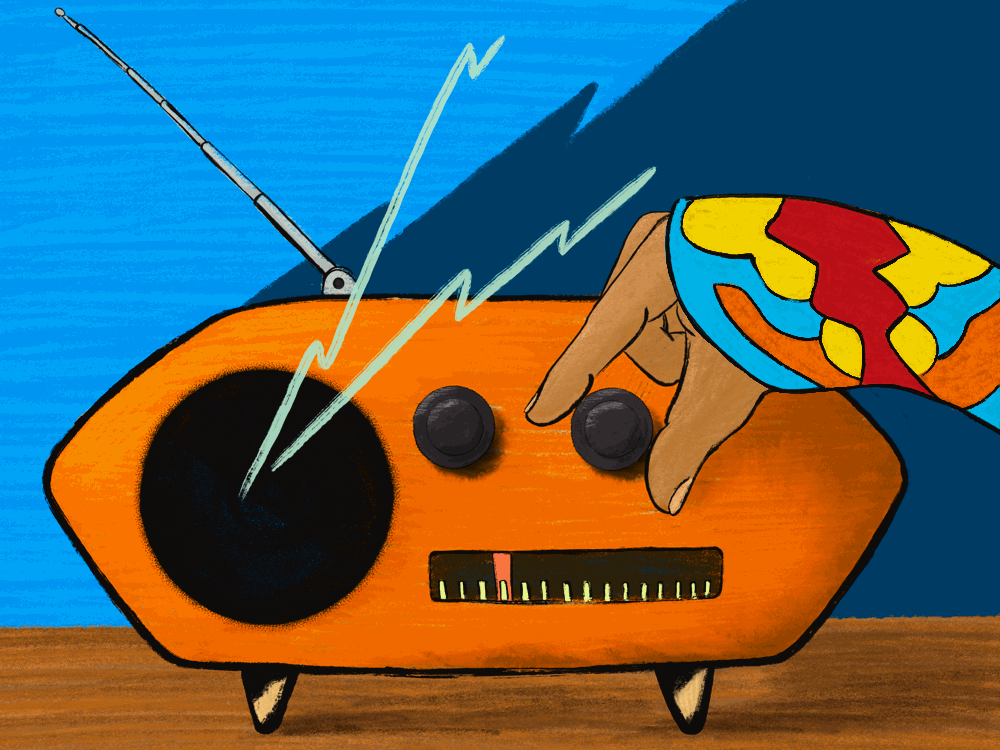Changing standards for museums in America and greater representation at awards shows highlights greater awareness of indigenous voices and shows hope for a considerable cultural shift.
Recently, Lily Gladstone, a woman who grew up as part of the Blackfeet Nation, won a golden globe for her role in Martin Scorcese’s “Killers of the Flower Moon”. Gladstone is the first indigenous-identifying woman to win “Best Performance of a Female Actor in a Dramatic Motion Picture” at the Golden Globes. Gladstone is also nominated for the “Best Actress” award at the upcoming 2024 Oscars.
While her Golden Globe win is history-making enough, Gladstone spoke in her acceptance speech of how “Killers of the Flower Moon” marked a departure from previous Hollywood practices regarding indigenous representation. She described how past Hollywood would have “Native actors [speak] their lines in English and then the sound mixers would run them backwards to accomplish native languages on camera.” In “Killers of the Flower Moon,”, however, Gladstone said she was able to speak some of the Blackfeet language in addition to the English spoken in the movie. This practice allows for indigenous voices to be heard both on screen and off.
Indigenous women can now see themselves in a more accurate light when they watch “Killers of a Flower Moon” and see Lily Gladstone. Given Gladstone’s award winning performance, Hollywood can’t ignore the impact of indigenous women on screen.
Over the last decade, there have been continued chants that representation matters, that what is shown on the big screen and broadcasted on television has the power to impact lives in ways both big and small. The FX series “Reservation Dogs,” from indigenous co-creator Sterlin Harjo, features an indigenous cast and writing team. One scene of the show tackled the topic of land acknowledgments.
Land acknowledgments are used, as an attempt, to reconcile the history of settler colonialism in America with Indigenous people’s reality and history. They commonly come in the form of speeches, placards, or website pages to show an organization’s commitment to diversity, equity, and inclusion and to begin to grapple with the history of the land they use. Land acknowledgments have garnered mixed reactions following their rise to popularity. Critiques have stemmed from the performative air of the acknowledgements, when promises are made but no further work is done to engage with indigenous populations
In episode 6 of “Reservation Dogs” season 2, the characters of Miss M8tri@rch (Amber Midthunder) and Augusto (Elisha Pratt) satirizes the performative ethics of land acknowledgments.
The clip highlights the familiar beats of addressing the original indigenous populations who lived on the land, but deviates from the typical script by acknowledging neanderthals, dinosaurs, and star people. It is also worth noting that the writer for the episode, Erica Temblay, is indigenous and grew up in the Seneca-Cayuga Nation, indicating the performative nature of the acknowledgment is accurate to the indigenous point of view. Suggestions from indigenous peoples imply that the use of land acknowledgments isn’t actually addressing the history of land in America in a respectful and impactful way.
In an interview with NPR, Kevin Gover, who belongs to the Pawnee Nation of Oklahoma, said if the action behind the land acknowledgment is strictly performative, “then it has no meaning at all.” Oom ka pisi Roy Bear Chief and his colleagues, all coming from Canada’s Siksika Nation, want to put meaning back in land acknowledgments through telling the story of the land and its relationship to the people residing on it.
The “Reservation Dogs” clip, released in 2022, still holds relevance given the current conversations in America; one which impacts the way we see indigenous lives, both behind display cases and on screens.
The importance of this development goes beyond the media. After all, when you walk through a natural history museum and you look at display cases in the section of indigenous peoples, it’s important to remind yourself that many of the artifacts can be traced back to an indigenous nation with members living today. While former museum practice reflected a refusal to listen to indigenous voices, the current practice is changing to better reflect their values and traditions. New federal regulations from the Biden Administration, which went into effect on Jan. 12, are prioritizing indigenous knowledge and sovereignty regarding museum exhibits and repatriation processes. These new regulations relate back to a piece of prior legislation: the 1990 Native American Graves Protection and Repatriation Act (NAGPRA).
The legislation aimed for protection and return of “human remains, funerary objects, sacred objects, and objects of cultural patrimony” to indigenous nations. NAGPRA addressed how these artifacts rightfully belong to indigenous people and called for greater cohesion between museums and indigenous voices when discussing how to proceed. The new regulations work to revise, clarify and streamline the processes put in place by the original legislation, with added timelines for processes of repatriation.
NAGPRA defines repatriation as a “museum or federal agency relinquish[ing] possession or control of human remains or cultural items in a holding or collection to a lineal descendant, Indian tribe, or Native Hawaiian organization.”
Among the 2024 regulations is the requirement of Free, Prior and Informed Consent (FPIC) before museums can access, research or exhibit human indigenous remains or cultured items. This requirement, along with the explicit instruction that museums and federal agencies must refer to Native authorities for this process, indicates greater willingness to listen to indigenous voices.
The regulations have also already had concrete effects on museum management. Cases and exhibits at popular natural history museums – including the American Museum of Natural History – have been covered up or altered in response. By taking down these cases, museums must re-evaluate what they can show under the new regulations.
After museums take part in the process of repatriation, replications of indigenous artifacts may be made to compensate for those objects no longer displayed. Replications can provide the same educational benefits as the previous items exhibited, showing the public the ways of life of various indigenous nations. This provides for education without any moral or ethical concerns regarding showcasing items that do not belong to the museums.
The lasting impact of this changing culture is yet to be seen, but it doesn’t seem naive to feel optimistic. In addition to including indigenous peoples in important conversations, these developments foretell a beneficial change for all populations. Greater knowledge can be gained as more accurate information is obtained about indigenous culture from reliable sources. By utilizing indigenous language on screen, the language can be preserved. Language preservation is vital for accessibility to indigenous knowledge on topics of agriculture and medicine. Indigenous knowledge, especially of agriculture, stands to benefit us all given their history of living off the land sustainably. We can also benefit from the art of indigenous people by seeing replications in museums, thus increasing knowledge of practices behind indigenous people, to seeing indigenous creators develop television, music, and film projects. These benefits demonstrate the importance of listening to indigenous voices and why we need to prioritize the practice going forward.

















